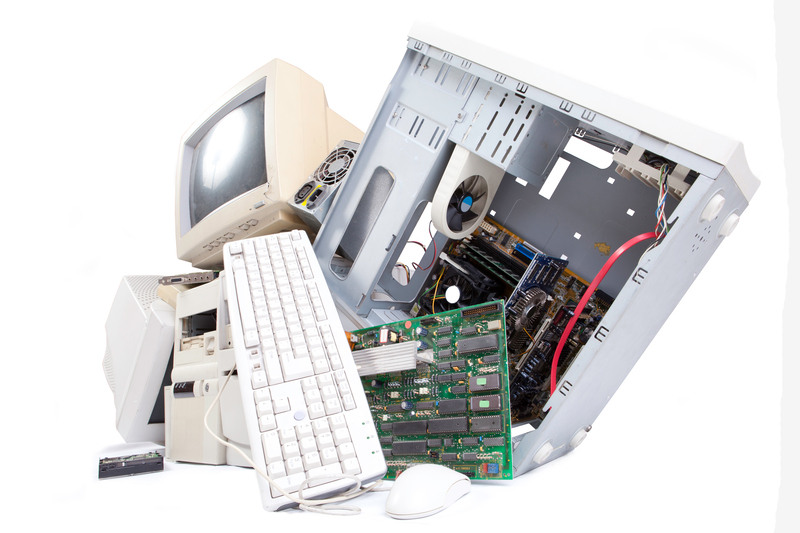In an era defined by environmental challenges, the intersection of waste management and renewable energy represents a frontier of innovation and sustainability. The global push towards reducing carbon footprints and managing waste effectively has given rise to groundbreaking technologies and strategies. This article explores how these two critical fields are converging to create a more sustainable future and outlines the innovative solutions being implemented worldwide.
The Problem: Waste and Its Environmental Impact
Waste generation is an unavoidable consequence of human activity. The sheer volume of waste produced annually poses significant environmental threats, from land pollution to greenhouse gas emissions. Traditional waste management practices often involve landfilling, which not only takes up valuable land resources but also contributes to environmental degradation.
- The Environmental Protection Agency (EPA) reported that over 292 million tons of municipal solid waste was generated in the United States in 2018.
- Landfills are the third-largest source of human-related methane emissions in the U.S., a potent greenhouse gas.
- Improper waste management can lead to water and soil contamination, affecting ecosystems and human health.

The Rise of Renewable Energy Solutions
The surge in renewable energy innovations offers a beacon of hope in addressing waste management challenges. Technologies that harness energy from organic and inorganic waste sources are bridging the gap between waste management and energy production.
Biogas Production: Turning Waste to Energy
Biogas is a renewable energy source generated through the anaerobic digestion of organic waste materials, such as food scraps, animal manure, and agricultural byproducts. By capturing methane emissions for energy, biogas systems mitigate greenhouse gases while providing a sustainable energy supply.
- Biogas plants can generate heat and electricity, making them viable alternatives to fossil fuels.
- Biogas systems can also process food waste, significantly reducing the volume of waste sent to landfills.
- The adoption of biogas is gaining traction in countries like Germany, India, and China, where it supports agricultural and urban sustainability.
Waste-to-Energy (WtE) Technologies
Waste-to-energy (WtE) technologies convert non-recyclable waste materials into usable heat, electricity, or fuel through processes like combustion, gasification, and pyrolysis. These technologies are redefining the potential of waste as a valuable resource.
- Incineration plants utilize heat from waste combustion to produce electricity, supplying power to thousands of homes.
- Advanced gasification and pyrolysis techniques transform waste into syngas, which can be used as a cleaner energy source.
- By recovering energy from waste, WtE systems contribute to a circular economy, promoting sustainability.
The Benefits of Integrating Waste Management and Renewable Energy
Environmental Advantages
By integrating waste management with renewable energy technologies, significant environmental benefits can be achieved:
- Reduction of Greenhouse Gas Emissions: Capturing methane emissions from organic waste reduces the carbon footprint of landfills.
- Conservation of Natural Resources: Renewable energy utilization reduces reliance on non-renewable resources like coal and oil.
- Minimized Waste to Landfill: Innovative processing of waste reduces the volume disposed of in landfills.
Economic Benefits
The synergy between waste management and renewable energy also brings economic advantages:
- Job Creation: New technologies require skilled workers for installation, operation, and maintenance.
- Cost Savings: Generating energy from waste can offset energy costs and provide additional revenue streams for municipalities.
- Innovation Incentives: Governments and private sectors are investing in research and development of new waste-to-energy solutions.
Social Impacts
Communities benefit from the combined efforts of waste management and renewable energy in multiple ways:
- Improved Public Health: Reducing waste in landfills minimizes the risk of disease transmission and contamination.
- Educational Opportunities: Awareness campaigns and educational programs promote sustainable practices and technologies.
- Enhanced Quality of Life: Cleaner energy sources contribute to healthier living environments.

Challenges and Future Directions
While the integration of waste management and renewable energy technologies offers compelling benefits, several challenges remain:
- High Initial Costs: Setting up waste-to-energy facilities requires significant capital investment, posing a barrier for some regions.
- Technical Challenges: Advanced technologies like gasification and pyrolysis require specialized expertise and infrastructure.
- Regulatory Hurdles: Different jurisdictions have varying regulations regarding waste management and renewable energy adoption.
Despite these challenges, the future of waste management and renewable energy is bright. Continued investment in research and collaboration across sectors will drive innovations that overcome current limitations. The global community's commitment to reducing emissions and conserving resources is a powerful motivator for continued progress.
Conclusion
As waste management meets renewable energy innovation, the potential for creating a sustainable future grows exponentially. By embracing technologies that convert waste into renewable energy, we not only address pressing environmental issues but also pave the way for economic, social, and environmental benefits. This convergence represents a vital step towards a more sustainable world, where waste is no longer a problem but a solution.
For individuals, businesses, and policymakers, supporting and investing in the development of these technologies is crucial. As we move into a new era of environmental consciousness, let us embrace the possibilities of waste management and renewable energy innovation, transforming our challenges into opportunities for a greener planet.